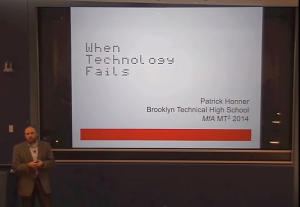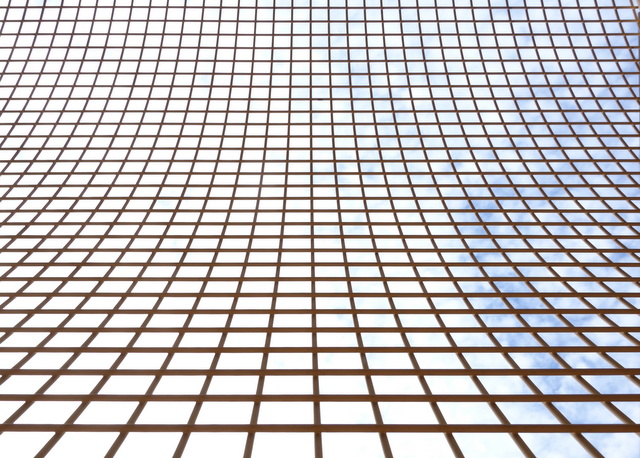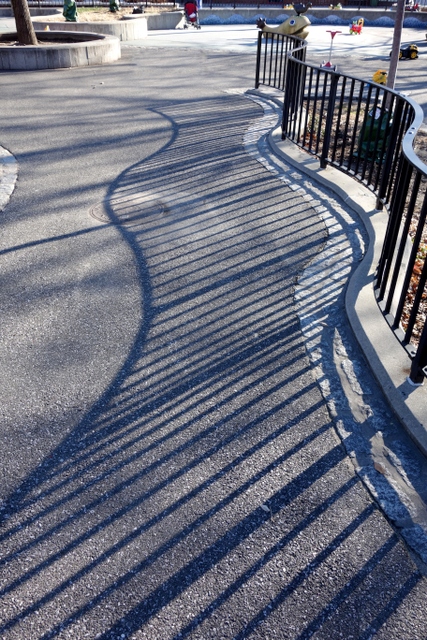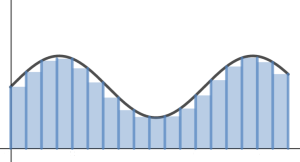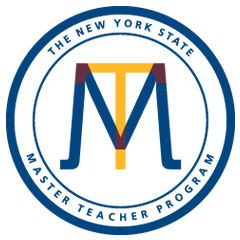 I’m happy to announce that I am now officially a member of the New York State Master Teacher Program.
I’m happy to announce that I am now officially a member of the New York State Master Teacher Program.
The NYSMTP is designed to connect great math and science teachers from around New York State through networking, professional development, and professional service. The program is inspired, in part, by the Math for America Master Teacher program in New York City, which I have been actively involved in for the past 9 years.
This past summer I was fortunate to attend a NYSMTP retreat in upstate New York, and I had a fantastic time. I talked with teachers from all over the state, and learned a great deal about the many different, and similar, things going on across New York. I also ran a workshop on using Twitter for professional development, which I think is a natural medium for connecting teachers in a program like this.
I’m looking forward to working more with great colleagues from across New York State!
